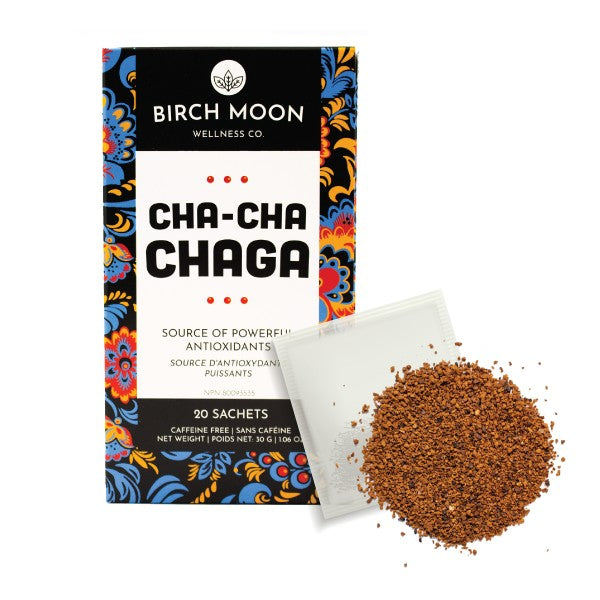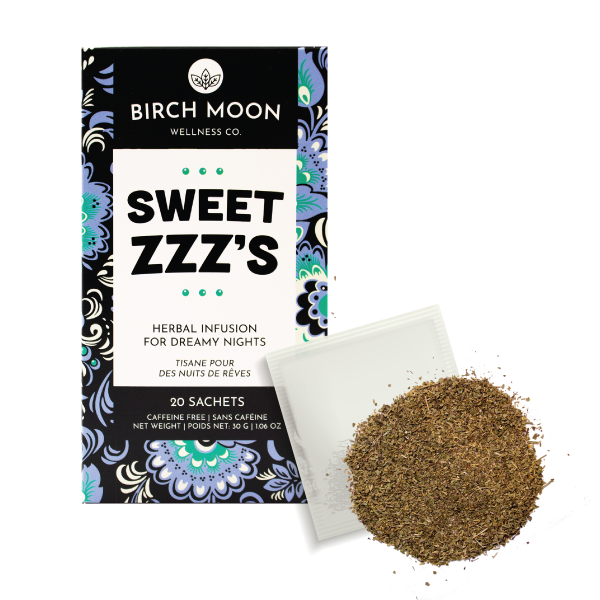The Ancient Roots of Lemon Balm Grass
Lemon balm grass, known scientifically as Melissa officinalis, is not just any ordinary plant. Its history traces back to the ancient Greeks and Romans. They cherished it for its medicinal properties and aromatic appeal. Historically, it was believed to promote longevity and rejuvenate the mind. In herbal lore, lemon balm grass was a symbol of happiness and revitalization.
This green herb is not only rich in history but also in benefits. From the days of yore, it was infused in drinks. One such popular concoction was "lemon balm grass in herbal tea." This blend was believed to calm the mind and invigorate the spirit.

The Magic of Lemon Balm in Herbal Tea
Drinking "lemon balm grass in herbal tea" is like sipping on nature's wellness potion. The compounds in lemon balm grass, particularly rosmarinic acid, have antioxidant properties. These antioxidants help in fighting off harmful free radicals in the body. Regular consumption can promote cognitive health, reduce stress, and even help in alleviating digestive issues.
But the magic doesn't end there. When paired with other herbs in tea, lemon balm grass enhances the overall therapeutic effect. For instance, when combined with chamomile, it can improve sleep quality. When brewed with peppermint, it can soothe an upset stomach.
Lemon Balm Grass Across the Globe
Lemon balm grass is a versatile plant. It thrives in various climates and soils. Originally native to the Mediterranean region, it has now found its way to gardens and wild landscapes worldwide. From Europe to Asia, and even in parts of North America, this herb has spread its roots far and wide.
One of the reasons for its widespread cultivation is its resilience. It can grow in both sunny and partially shaded areas. Regular watering and well-draining soil are all it needs. Given its popularity, many gardeners and farmers cultivate it both for personal use and commercial purposes.

FAQs on Lemon Balm Grass
Q: How often should I drink "lemon balm grass in herbal tea"?
A: While lemon balm tea is beneficial, moderation is key. Drinking 2-3 cups daily is generally considered safe. However, it's always best to consult with a healthcare professional.
Q: Can I grow lemon balm grass in my backyard?
A: Absolutely! Lemon balm grass is a hardy plant. It can grow in various climates. Just ensure it gets ample sunlight and water.
Q: Can lemon balm grass be used in dishes other than tea?
A: Yes! Lemon balm grass is versatile. It can be added to salads, soups, and even desserts for a hint of lemony freshness.
Q: Are there any side effects of consuming too much lemon balm grass?
A: While lemon balm grass is generally safe, excessive consumption can lead to side effects like nausea and abdominal pain. Always adhere to recommended dosages.

Health Benefits: More Than Just a Tasty Brew
Lemon balm grass is not just a flavorful addition to herbal teas. It's a powerhouse of health benefits. Several studies have shown that this herb can have a positive impact on our well-being. Here's a breakdown of some of its remarkable advantages:
-
Mood Enhancer: Consuming lemon balm grass, especially in herbal tea, can boost your mood. It has been linked to reduced symptoms of anxiety and depression. The next time you're feeling down, consider sipping on some "lemon balm grass in herbal tea."
-
Cognitive Boost: There's evidence to suggest that lemon balm grass can enhance cognitive functions. Regular consumption might improve memory and attention span.
-
Digestive Aid: Facing digestive discomfort? Lemon balm grass can come to your rescue. It can relieve symptoms of indigestion, bloating, and gas.
-
Sleep Aid: If you're struggling with sleep, a cup of lemon balm herbal tea before bedtime can work wonders. Its natural compounds can promote relaxation and improve sleep quality.
Lemon Balm Grass: Cultivation and Care
Growing lemon balm grass is a rewarding experience. This herb is not only beneficial for health but also adds aesthetic value to gardens. Here are some cultivation tips for budding gardeners:
-
Choosing the Right Spot: Lemon balm grass prefers sunlight but can tolerate partial shade. A spot that receives ample morning sunlight is ideal.
-
Soil Requirements: This herb thrives in well-draining soil. Ensure the soil is fertile, with a pH level between 6.0 to 7.5.
-
Watering Needs: Lemon balm grass needs regular watering, especially during dry spells. However, avoid overwatering, as it can lead to root rot.
-
Harvesting: The best time to harvest lemon balm grass is in the morning when the oils are most concentrated. Use scissors or garden shears to snip off the leaves.
Places It Grows: The Global Footprint of Lemon Balm Grass
Lemon balm grass, with its zesty aroma and multitude of benefits, is not restricted to just one corner of the globe. Its adaptability has allowed it to flourish in various regions:
-
Europe: Believed to have originated in Southern Europe, lemon balm grass has been cultivated in this region for over 2,000 years. Countries like Greece, Italy, and France have a rich history associated with this herb.
-
North America: Introduced by the early settlers, lemon balm grass found a new home in North America. Today, it is widely grown across the US and Canada, both for commercial purposes and in home gardens.
-
Asia: In recent times, Asian countries have taken a keen interest in lemon balm grass, especially for its medicinal properties. Nations like China and India have started cultivating it on a larger scale.
-
Australia: The temperate regions of Australia provide an ideal environment for lemon balm grass to thrive. It's becoming a popular choice for many Aussie gardeners.

History and Significance: A Journey Through Time
Diving into the annals of history, lemon balm grass has always held significance in various cultures:
-
Ancient Civilizations: Historical records suggest that ancient Greeks and Romans valued lemon balm grass for its therapeutic properties. It was often used in traditional medicines and rituals.
-
Middle Ages: During this period, lemon balm grass was closely associated with rejuvenation and longevity. It was believed that this herb had the power to renew youth and vitality.
-
Modern Era: Today, the global appreciation for lemon balm grass continues to grow. With the rise of herbal medicine and organic farming, this herb is experiencing a resurgence in popularity. Whether it's in the form of "lemon balm grass in herbal tea" or essential oils, its presence is felt across various industries.
Wrapping It Up: Lemon Balm Grass in Your Life
Embracing lemon balm grass in daily routines can be a game-changer. From sipping on "lemon balm grass in herbal tea" to using it in culinary delights, there are myriad ways to incorporate this versatile herb:
-
Skin Care: Did you know? Lemon balm grass has properties beneficial for the skin. Its essential oil can be used in face masks and lotions, providing a refreshing and soothing effect.
-
Aromatherapy: The calming scent of lemon balm grass can be used for relaxation. Place a few drops of its essential oil in a diffuser, and let the aroma fill your space.
-
Culinary Uses: Beyond tea, lemon balm grass can be a delightful addition to many dishes. Sprinkle its chopped leaves on salads, or use them as a garnish for your favorite desserts.
-
Gifting: With its numerous benefits and lovely fragrance, products made from lemon balm grass can be perfect gifts. Consider gifting herbal tea blends or skincare products infused with this herb.
A Gardener's Guide: Cultivating Lemon Balm Grass
If the myriad benefits of lemon balm grass have inspired you to grow it, you're in for a treat. Cultivating this herb can be both fun and rewarding:
-
Choosing the Right Spot: Lemon balm grass prefers a sunny location, but it can also tolerate some shade. Well-drained soil is a must to prevent root rot.
-
Planting: You can start with seeds or young plants. If opting for seeds, sow them directly in the garden after the last frost. For young plants, space them about 18 to 24 inches apart to give them ample room to grow.
-
Watering: Lemon balm grass isn't too demanding when it comes to water. Water it regularly but ensure the soil doesn't remain waterlogged.
-
Pruning: To promote bushier growth and prevent it from becoming too leggy, consider pinching off the tips of the branches. This will also encourage more leaves to sprout.
-
Harvesting: The best time to harvest lemon balm grass is in the morning when the oils are most concentrated. Use scissors or garden shears to snip off the leaves.
The Magic of Lemon Balm Grass
Whether you're brewing "lemon balm grass in herbal tea" or using it for its therapeutic benefits, this herb is undeniably versatile. Its rich history, global presence, and array of applications make it a staple in many households. As the world leans more towards natural and organic solutions, the popularity of lemon balm grass is only set to soar.





